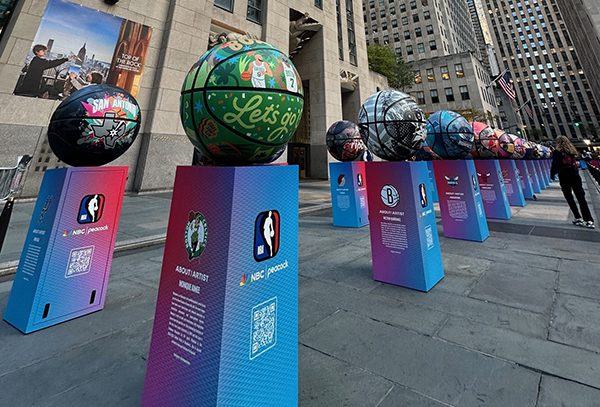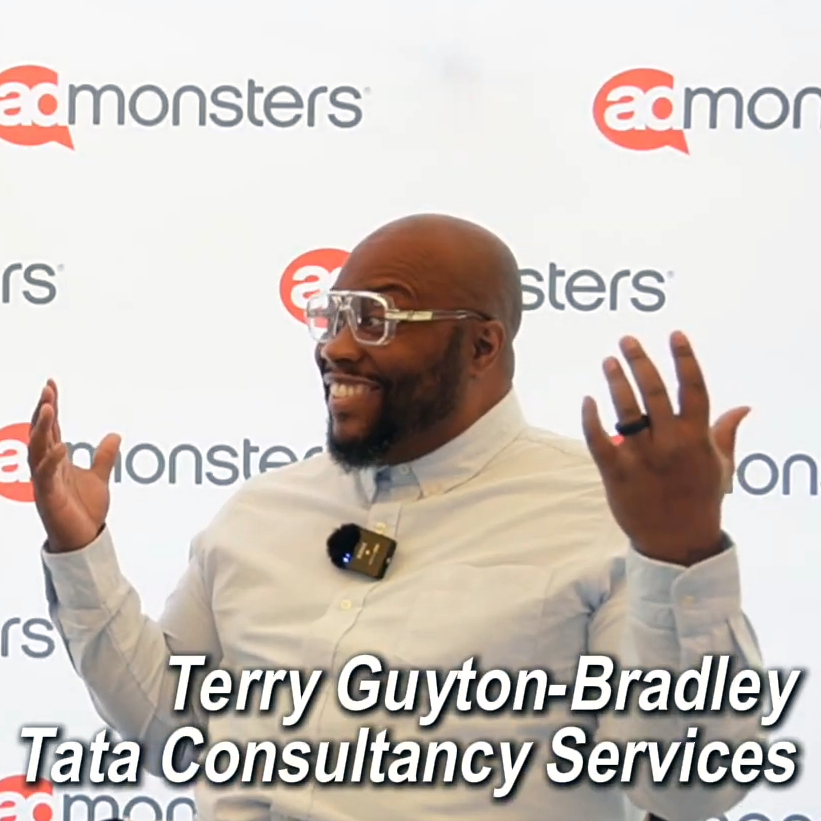THE ONLY thing keeping a Sam Goody rewards program begun in 1994 from giving away the store was that it was so poorly managed that participants-almost 1 million of whom embraced the effort during its first year-were turning away from it in droves.
In 1995, when Musicland Group Inc., Sam Goody’s Minnetonka, MN-based corporate parent, reviewed the program, it found rampant problems. Registration materials-often sent out several weeks after the initial registration-were impersonal and unappealing. The program, which issued a 10% rebate when a member spent $150, had developed a reputation for keeping poor records.
But the program’s greatest flaw was giving back the $9.95 registration fee right at the register. One incentive was a 15% discount on the sign-up day’s purchases. Customers were signing up, buying $100-or more-worth of merchandise, and walking out $5 ahead of the game, never to be heard from again.
Customers who stayed with the program were doing so with reservations. Communications from Sam Goody were going out inconsistently, with point statements often incorrect. The in-house customer service desks were being overwhelmed with complaints. And with the increasing volume of complaints, local managers and sales associates were becoming reluctant to sell the program.
Contributing to the managers’ confusion was the program’s lack of direction: Some memos from the marketing department stressed selling subscriptions to Request magazine, a house organ bundled with the benefits package. Others focused on promoting sales within the chain via a rewards program.
Attempts to correct these deficiencies were unsuccessful. Despite outsourcing the operational and strategic planning functions, costs continued to spiral upward, and customer service operations remained unresponsive. In a cost-saving measure, program enrollees were sent Replay, a smaller, bimonthly newsletter with fewer pages than Request.
Compounding problems, in fourth quarter 1996 the company started a new-member enrollment program. The resulting 194,000 enrollees created a further strain on the system.
In 1998, with the program facing a slowdown in member sign-ups, a decline in the number of members renewing, shrinking margins and decreasing sales to existing members, Musicland enlisted the services of Group3 Marketing, a Wayzata, MN customer relationship management marketing firm. Group3 had worked with Musicland before, successfully establishing The Suncoast Producer’s Club program for the firm’s Suncoast Motion Picture Co., a video store chain.
The first step Group3 took was to scrap the immediate-reward structure, and replace it with a point-based program geared toward increasing store traffic and customer spending patterns. The $9.95 enrollment fee was lowered to $7.99, and a one-time double points bonus was given to the consumer. The program also made point accumulation the driving focus of the program, as opposed to purchase discounts.
The reward structure was scaled back as well. The 10% reward setup gave away too much and required too little in the way of changes in consumer behavior. A new system of purchase points and bonus points was put in place: Purchase points were based on the actual dollar amount spent. Bonus points were made up of points earned on double-point “Replay weekends” hosted in each store once every other month, and points earned through other promotions.
Changing to the two classifications allowed consumers to rack up substantial quantities of bonus points quickly, while allowing Sam Goody to ensure minimum spending levels by requiring points redeemed were at least partly made up of purchase points.
On the back end, the company expanded its customer service capabilities and gave reps the authority to fix problems, or issue points if there was a dispute, with no questions asked.
Several new features were established to boost in-store traffic among members: The mailing of personalized cards was shortened to two weeks after sign-up. Previously, enrollees were not sent anything until the next scheduled newsletter.
The design of the welcome package was completely overhauled. Customers were sent a customized thank-you letter, along with a personalized club card and a $5 certificate. The package was geared toward stimulating at least one return visit to the store.
Replay Revamped The Replay newsletter was redesigned too, with a page set aside for an account summary. Not only did the page include a detailed points-earned breakdown, but a personalized message again thanking consumers for participating in the program. It let them know how many more points they needed to become Gold members (who, if they spent more than $200 per year received double points per purchase), and listed upcoming events, such as in-store sales, local concerts or sweepstakes.
A bound-in page inside the newsletter’s cover has four customizable spaces available for reward certificates earned and bonus point offers (“Celebrate the three “R”s-purchase any Rock, Rap or R&B and earn 1,000 bonus points”; “Earn 3,000 bonus points on any VHS titles you buy”).
To make the program palatable to Sam Goody sales associates, a reward system also was set up for them: Upon meeting member enrollment goals, they were rewarded with gift certificates redeemable at other stores.
Group3 president Bart Foreman has made it a point of pride that no front-line changes have been made to the program during the past year, allowing the in-store staffs to feel comfortable about touting its terms.
The new program is also much more reliant on a transactional database. Type, time and location of purchase, genre of music, whether an item is on sale, and whether any bonus points were attached to the sale are all key elements.
“I would track a kazoo if there is a retail dollar attached to it,” says Musicland vice president of marketing Archie Benike.
The company had to contend with pre-existing members, who had signed up for the original program with its lucrative reward system. These individuals were taken into the new program as Gold members. They are, however, carefully screened for purchase activity, and dropped from the program if they don’t do much buying.
In-Store Incentives The program has a tremendous in-store presence. Every other month, Sam Goody’s hosts Replay weekends, in which regular-priced merchandise is marked down 20% for members. At these times, the newsletter will segment members that have not been in the store during the last 60 days, and offer all of them bonus points if they come in and make a purchase. One such mailing, in December, netted a 15% response rate. Program members spent almost $2 million.
But increased sales to members, who already spend at a level double that of other customers, isn’t the only benefit of the weekends. According to Benike, program sign-ups usually double too.
Perhaps more important, renewal rates, which are just beginning to reflect the current structure of the program, are three times where they were a year ago. The program has 500,000 members, and nearly 30% of them shop every month.
There are a few compromises in the program’s design. Members are classified based on the total volume of their purchases, without taking into account frequency. A 70-year-old grandmother who buys one Mantovani CD every two months, but picks up eight Bloody Jarvik 7 discs for a grandchild at Christmas will be put into the pop/contemporary music category.
Speculating on future developments, Benike anticipates having an online component, where members can check their status and collect electronic certificates. But he also dreams of using the transaction data to institute highly targeted rewards that will generate buzz, such as having a musician who is performing locally call a club member who has purchased his albums and offer tickets to the show.
“It’s guerrilla marketing,” he says.
 Network
Network

